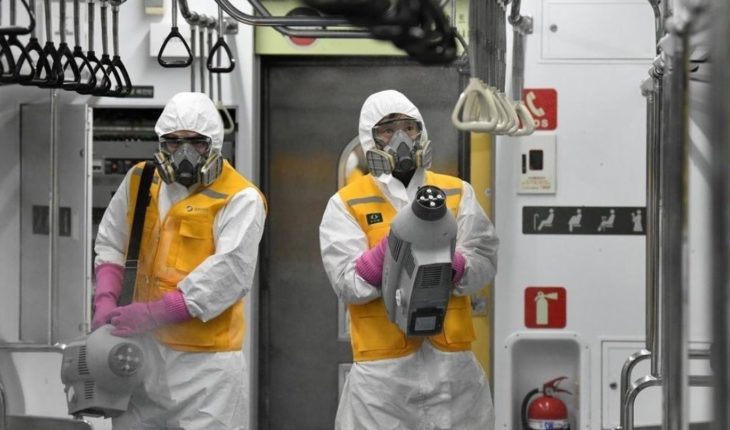For several days now, the number of infected in South Korea has been falling significantly and, according to the government, “a new model suitable for a pandemic in a globalized world” was reached? It is necessary to understand a little the history of the outbreak. Between January 20 and February 17, South Korea detected 30 cases. Of these, only three had no direct connection to areas of uncontrolled community contagion until that time or to people who had been in them. So far, all within what is expected. But things got complicated with patient 31, who was part of a massive religious movement and had attended several mass gatherings. What was done then is to begin to rebuild the structure of the outbreak considering that the movement organizes mass gatherings. It was foreseeable that the cases would multiply and exactly that happened: by 20 February there were more than 70 cases, all associated with the members of the Shincheonji cult. What was done then? The government asked all the inhabitants of the affected area to stay in their homes the same day and the next day declared the site of the outbreak a “special zone”: more than 9,000 people were placed in strict quarantine and all mass cultural events were cancelled. On 22 January, 1200 of the 9000 quarantined had symptoms. And all cases could be connected to the Shincheonji. The government then decided to delay the start of the semester and thoroughly control the sect, examining its 245,000 members. Meanwhile, a lot of laboratory tests were done: almost four times of those done in Italy and ten times more than those done in Spain.The central goal of the Korean government is to track all possible cases, for what is worth not only teas GPS and apps to keep track of symptoms. The last movements of infected people are posted to official sites and people are alerted when a new case is detected in the area where they live or work. The Korean model is committed to making information public and a commitment on the part of the population so that the virus can be diagnosed quickly and effectively. While effective, it is likely due to ease of detecting the source of the outbreak, and it is unclear how well it could be applied in places where the outbreak is multifocal. In this note:
translated from Spanish: Why is South Korea so effective in responding to coronavirus?
March 12, 2020 |





